Square Foot Gardening Chicken Coop
Chickens need a safe place to spend their days. Although most predators hunt by night, there are daytime threats to a backyard flock, including dogs, foxes, hawks, and eagles. Building a chicken run is a good way to keep your chickens secure and happy.
Why Build a Chicken Run?
It isn't difficult to build a chicken run or pen, but it is critical to not only keep your chickens safe from predators, but also to keep your lawn, garden and landscaping safe from your chickens, who take great delight in digging up small plants, munching on leaves and scratching through mulch. A safe pen will also ensure that your chickens don't wander into the road or into a neighbor's garden or onto their front porch.
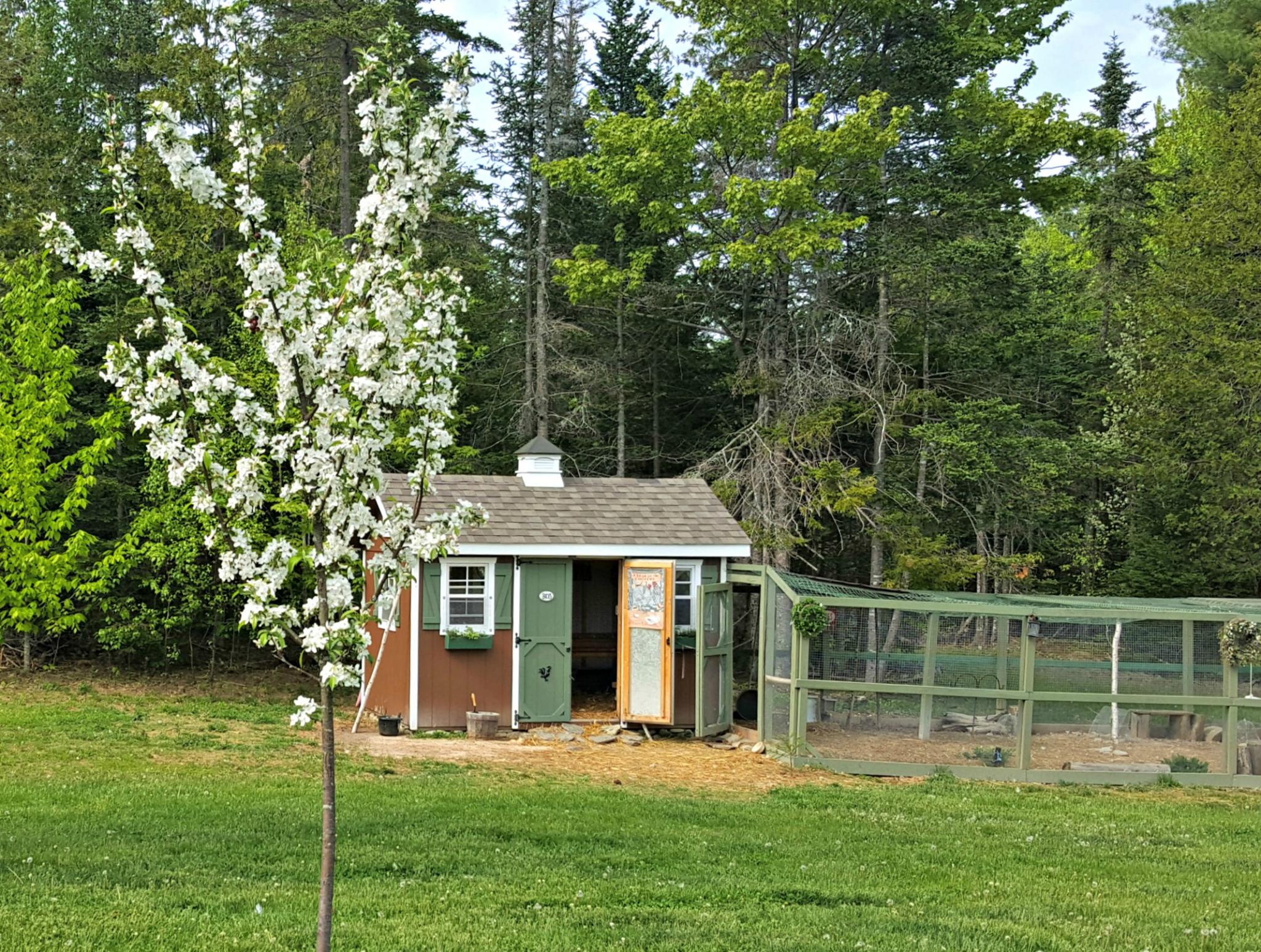
How Big Should a Chicken Run Be?
The size of the run you will need to build depends on the size of your flock. The rule of thumb is to allow a minimum of ten square feet of outdoor pen space per chicken. So that means if you have ten chickens, you should plan on a pen that's at least 10x10, or 100 square feet. But before you sketch out your plan and assemble your supplies, try laying out some boards on the ground to get an idea of just how big (or small!) the area is and adjust accordingly.
In general, the more space you can allow your chickens, the better. And don't forget to build big—in anticipation of your flock possibly growing as the years pass!
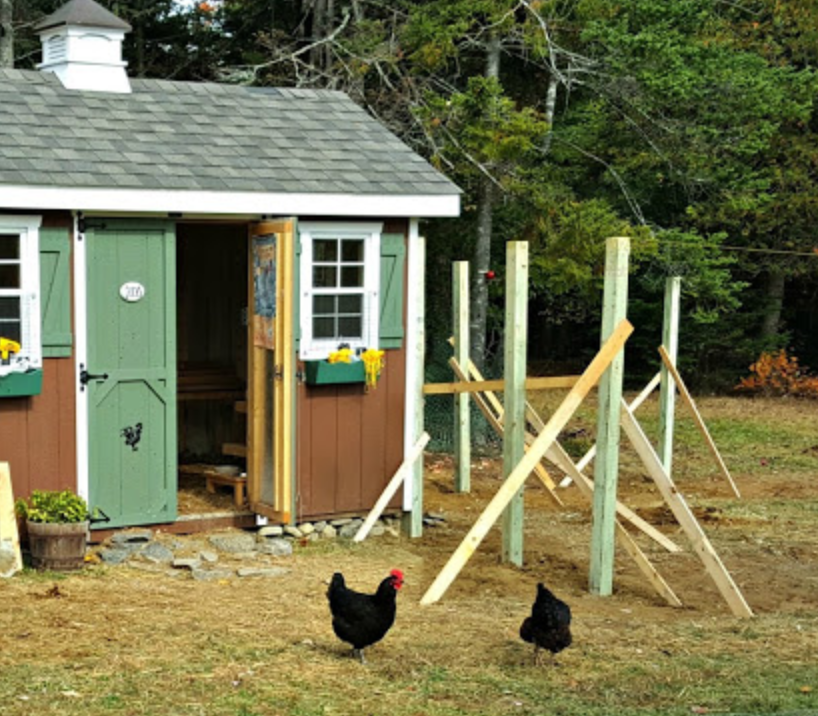
Where Should a Chicken Run Be Located?
Your run should be attached to your coop, with a little door on the side of the coop that will allow the chickens to come and go during the day. They will need access to the coop to lay their eggs, and might choose to spend time in the coop on cold or rainy days.
In warmer climates, consider either building your pen under some trees (or adding some trees after your pen is built). In colder climates, positioning your run in full sun is a good idea, as the chickens will be able to warm up in the sun all day.
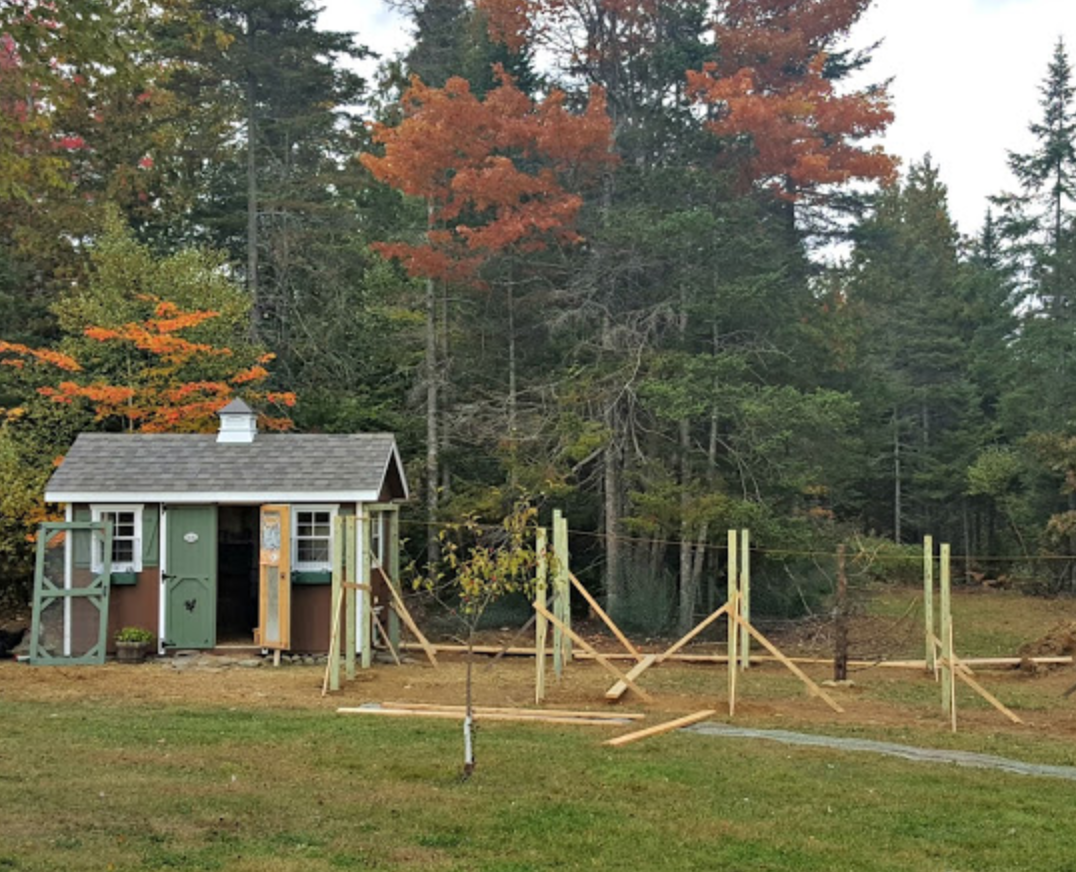
Building a Chicken Run
Supplies You Will Need
(Note: Exact quantities will depend on the size run you decide to build!)
- 4x4 fence posts
- Quikrete (or other concrete mix)
- 2x4 boards or 1x6 boards
- ½" welded wire fencing or 1" welded wire fencing
- Staples (U-shaped nails)
- Wood screws
- Shovel
- Post hold digger
- Saw
- Hammer
- Cordless screwdriver
- Level
The first step in building your run is to dig holes for your fence posts. Sinking them in concrete will ensure that they stay put. Use a level to be sure they are all set in straight, and a measuring tape to be sure they are set equidistant from each other—6 or 8 feet apart is a good distance. Once your posts are set, cut the tops to level them and then screw boards across the top for added stability before you attach your fencing.
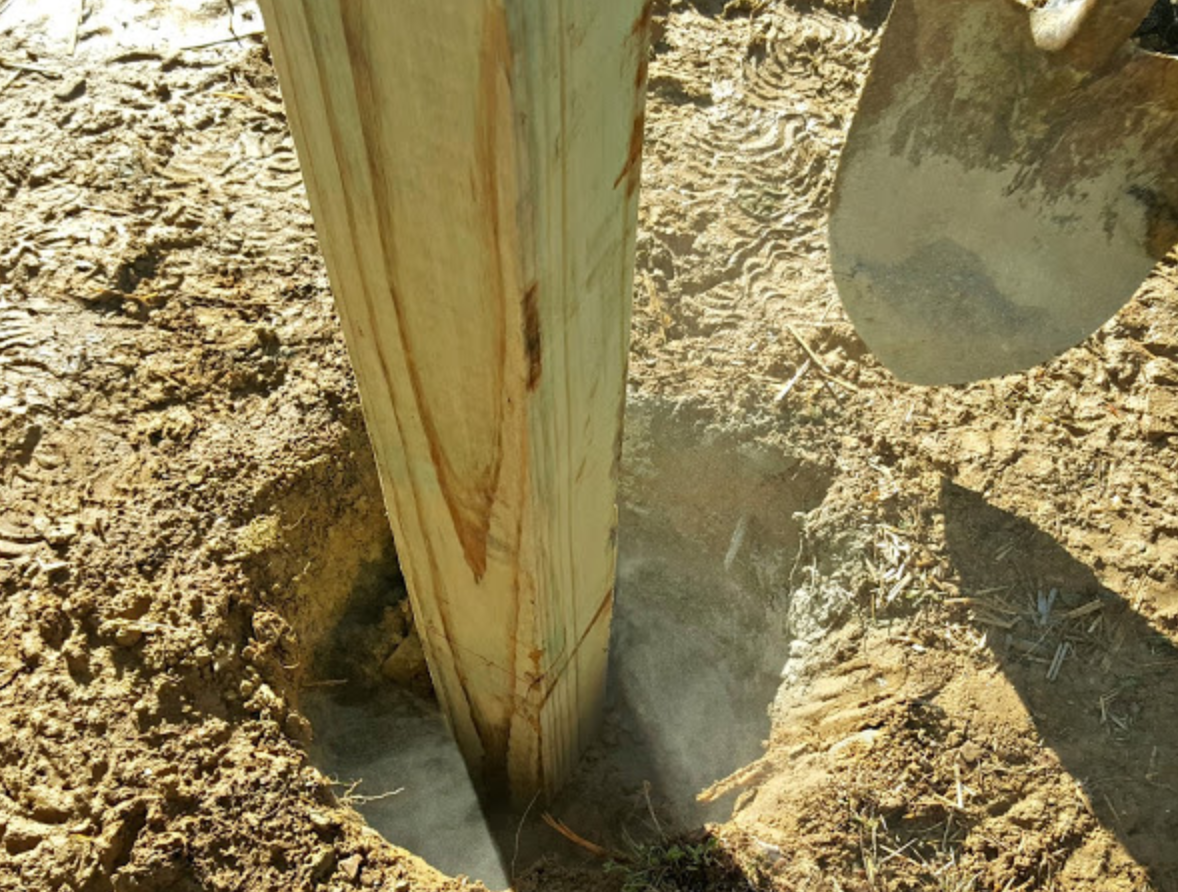
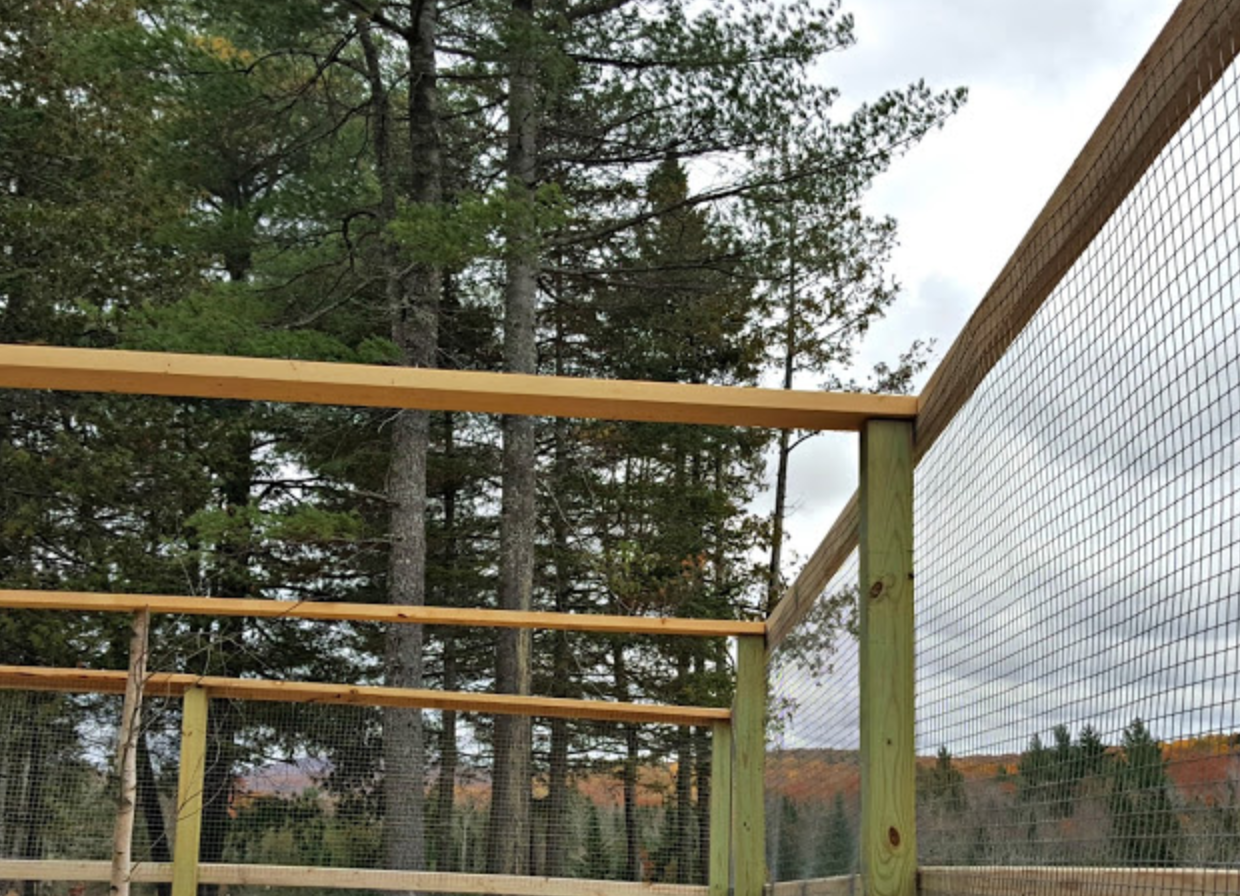
For a predator-proof pen, you will need to use either ½" or 1" welded wire fencing. That will keep out predators including small ones such as weasels and larger ones like bobcats. (If you have bears or other large predators in your area, you might instead consider using a chain link dog run for your chickens and then just wrap the chain link with the smaller gauge welded wire to keep the smaller predators out as well.)
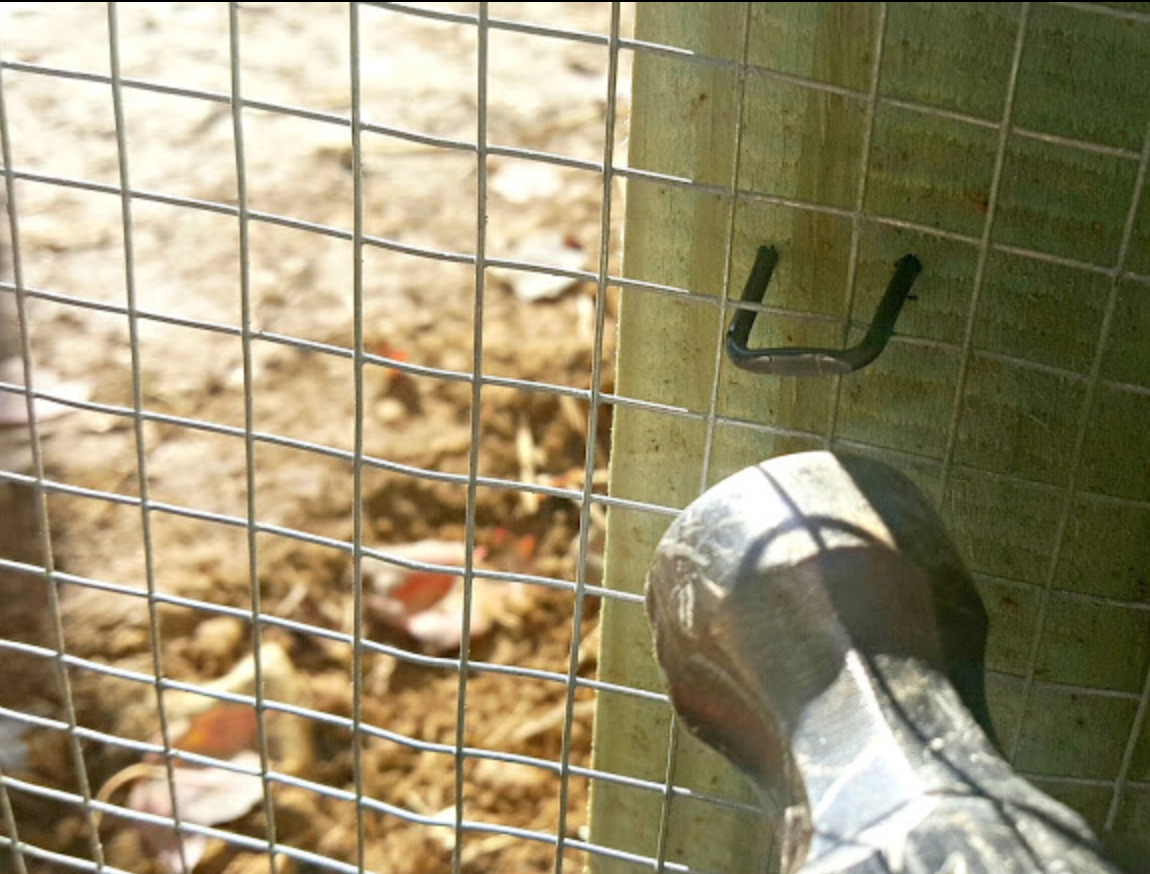
Using u-shaped nails (staples) and a hammer, attach the fencing to the fence posts. Be sure to dig a trench around the perimeter of your run and sink the fencing down a few inches. That will prevent digging predators like coyote and dogs from gaining access under the fencing. Your run will need to be covered on top as well to prevent climbing predators like fox and raccoon as well as aerial predators including hawks, eagles, and owls.
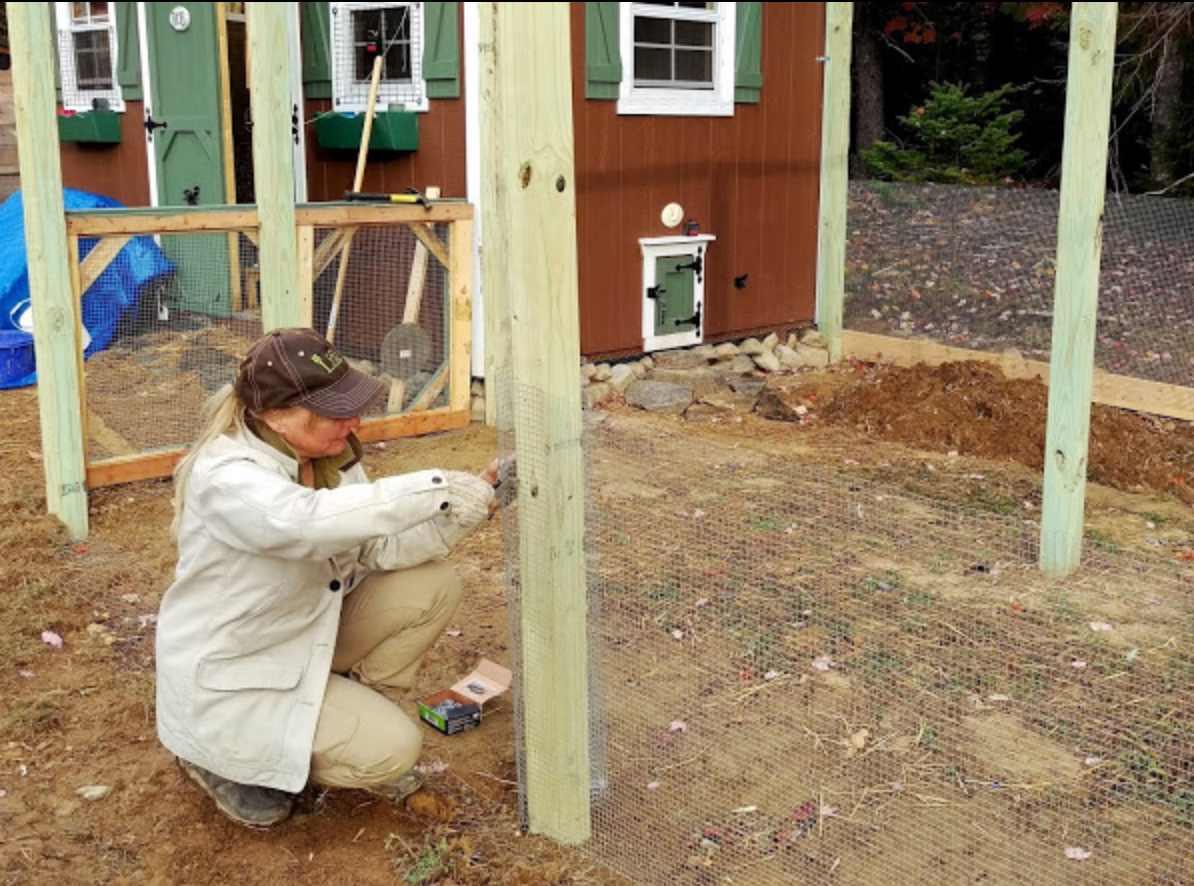
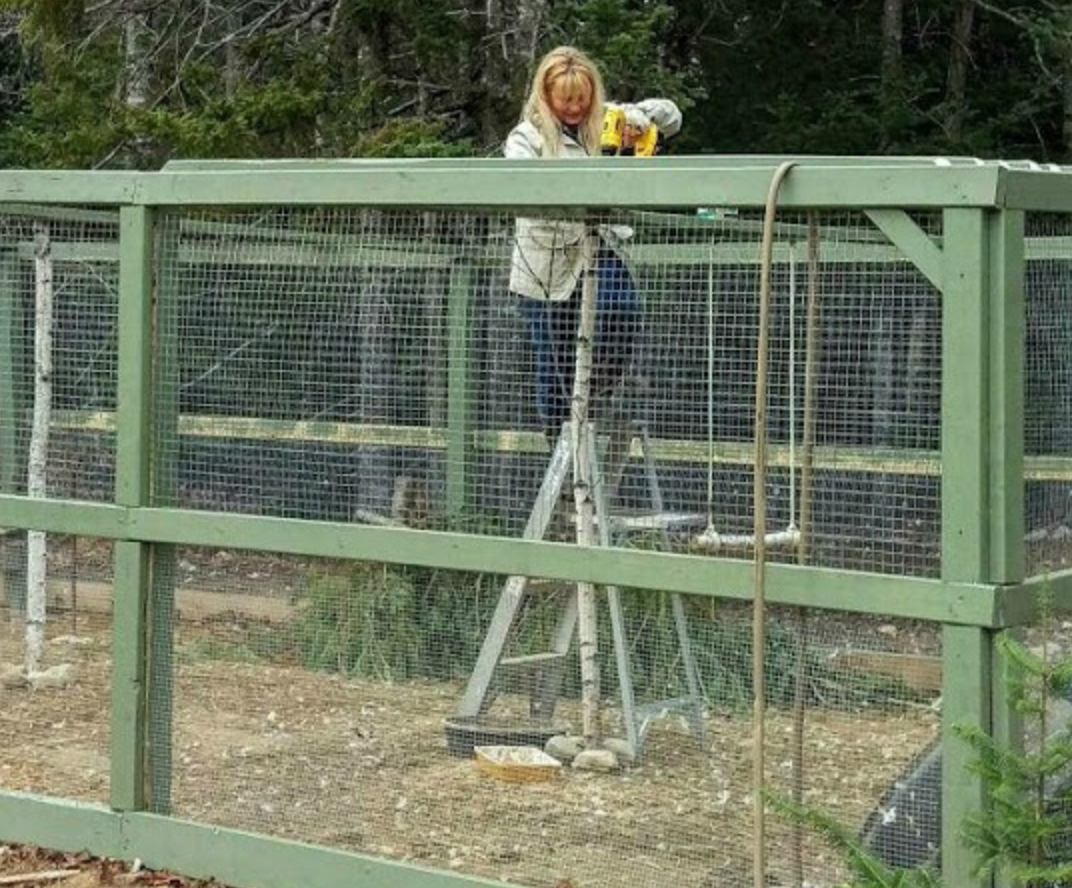
Once the fencing is up, use 2x4 or 1x6 boards to create your frame, screwing the boards horizontally into your posts along the bottom, middle and top of the fencing for added stability, and sandwiching the fencing in between the posts and framing for extra security.
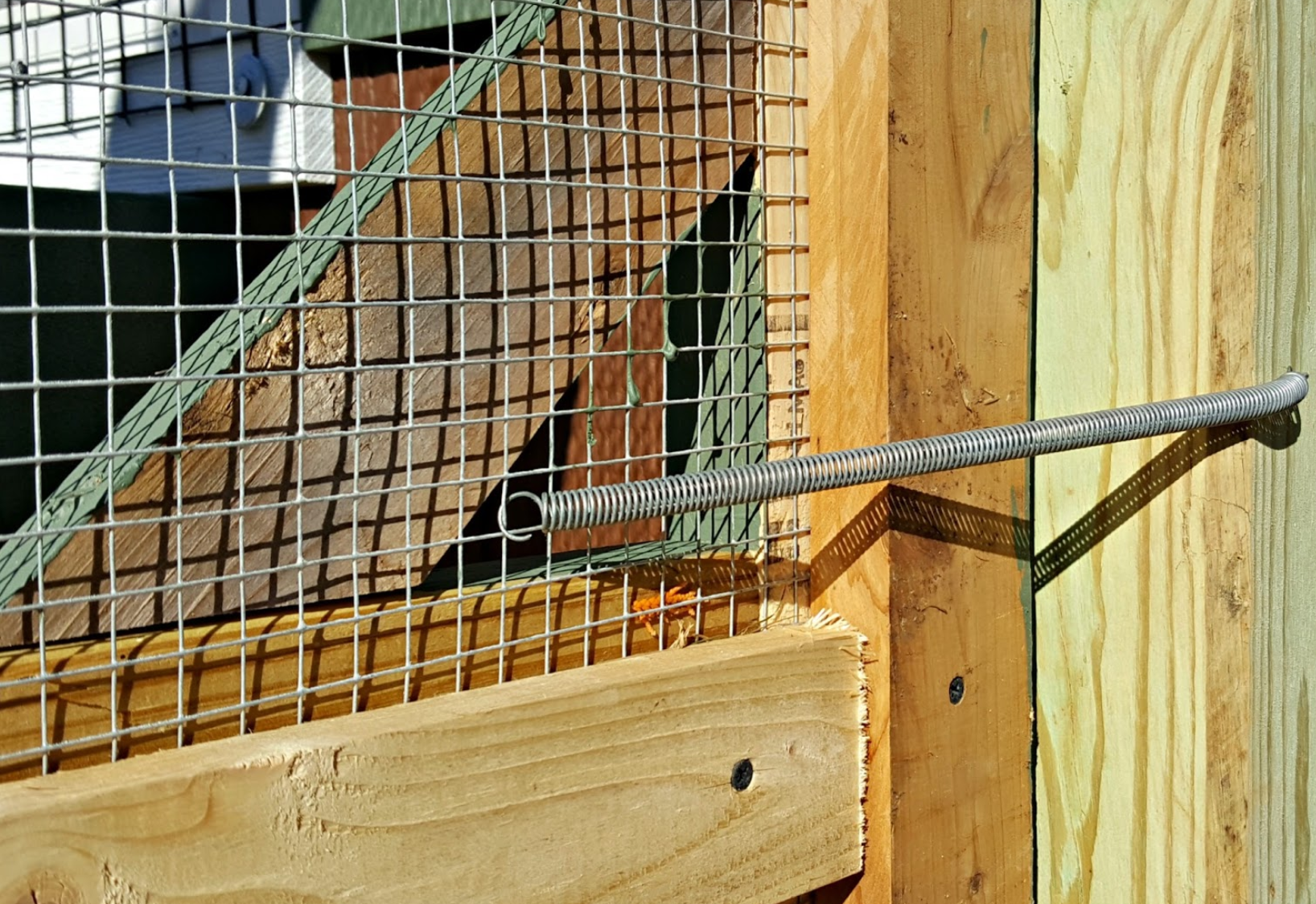
Once you have the framing done, add a door (don't forget to use a spring so the door shuts automatically behind you as you go in and out of your run to prevent your chickens from escaping!) and your chicken run is done!
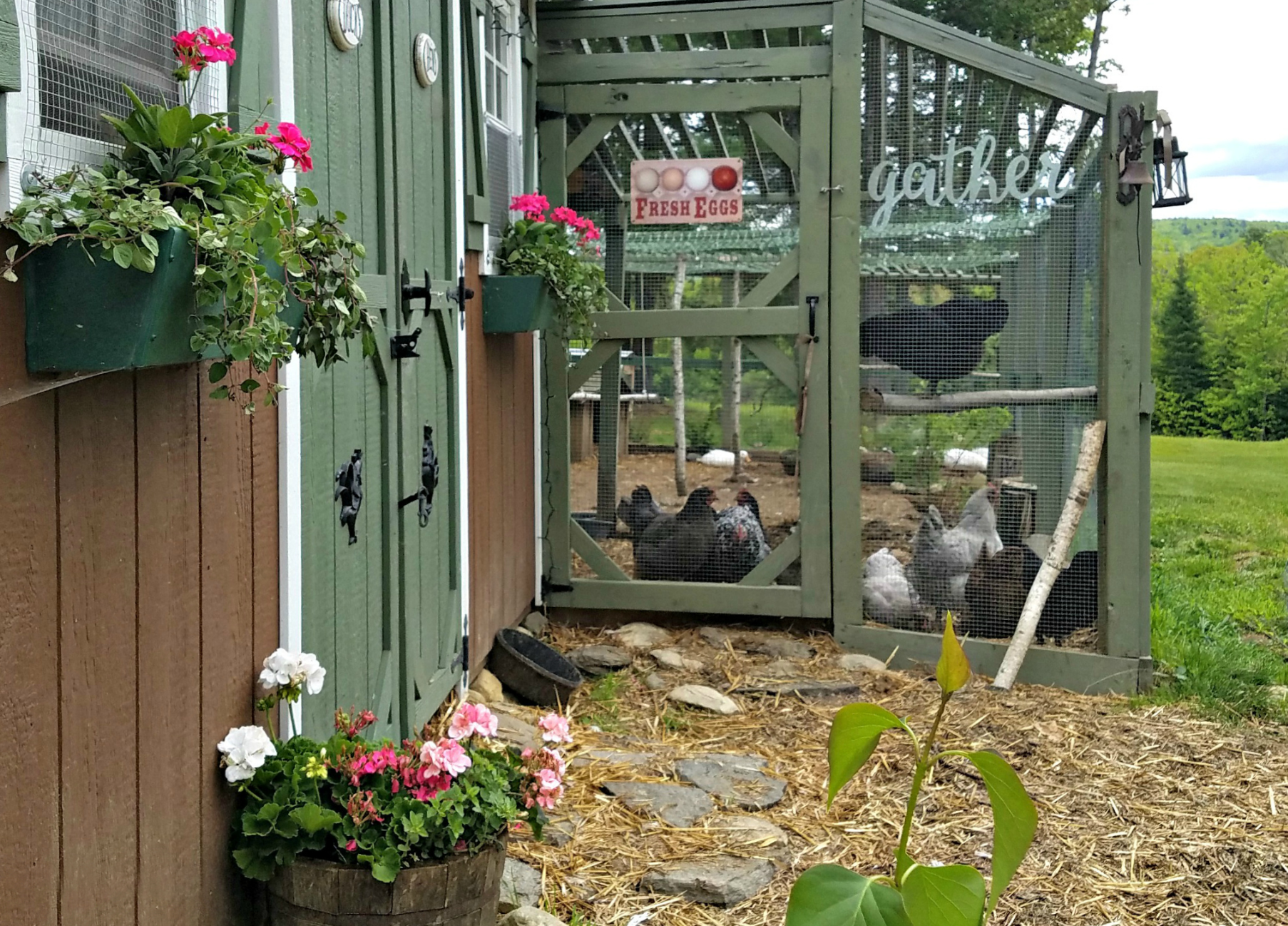
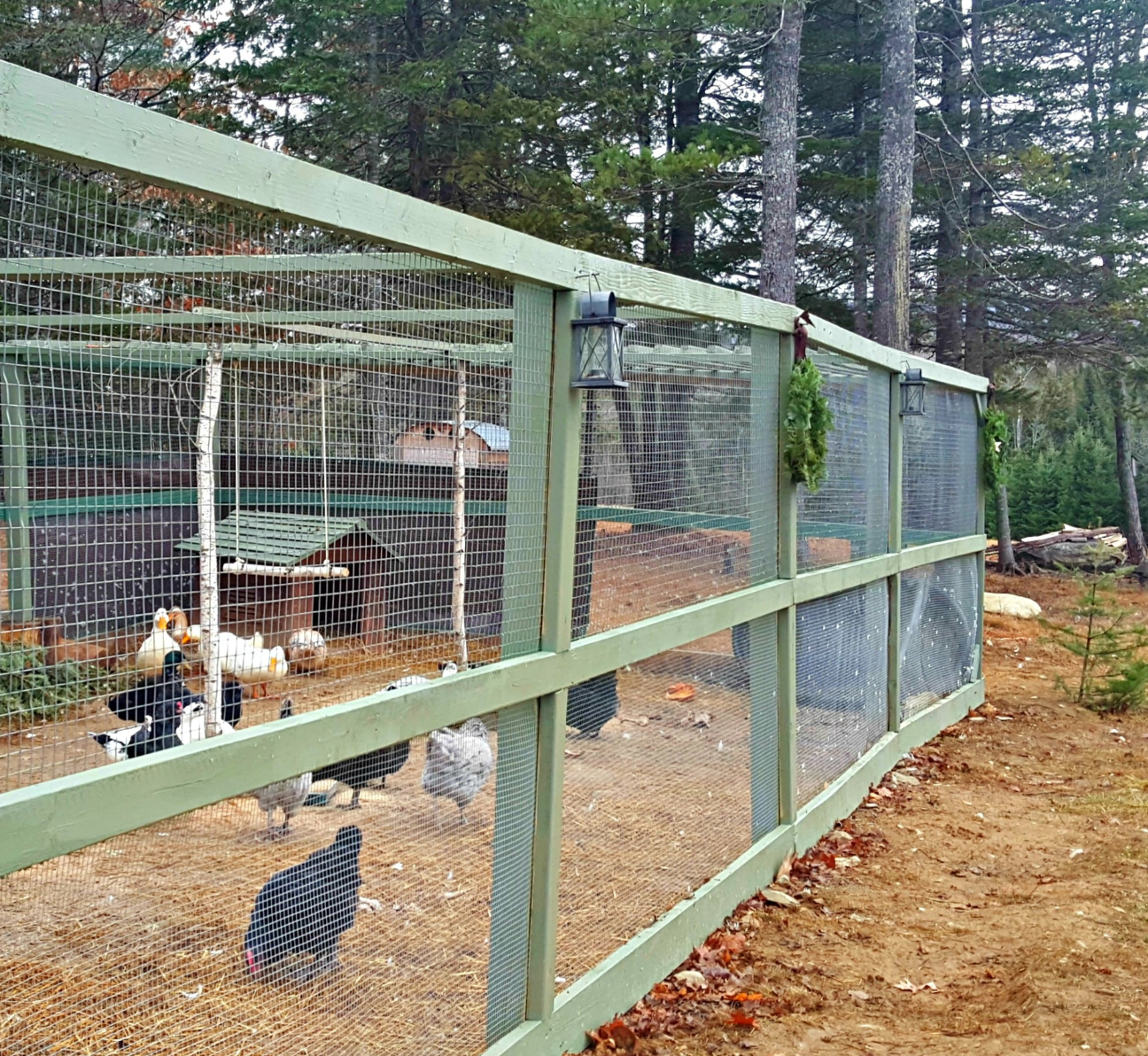
Learn More
Read about the common predators of chickens and other ways to keep chickens safe.
Square Foot Gardening Chicken Coop
Source: https://www.almanac.com/how-to-build-chicken-run
Posted by: martinezthilvely.blogspot.com

0 Response to "Square Foot Gardening Chicken Coop"
Post a Comment